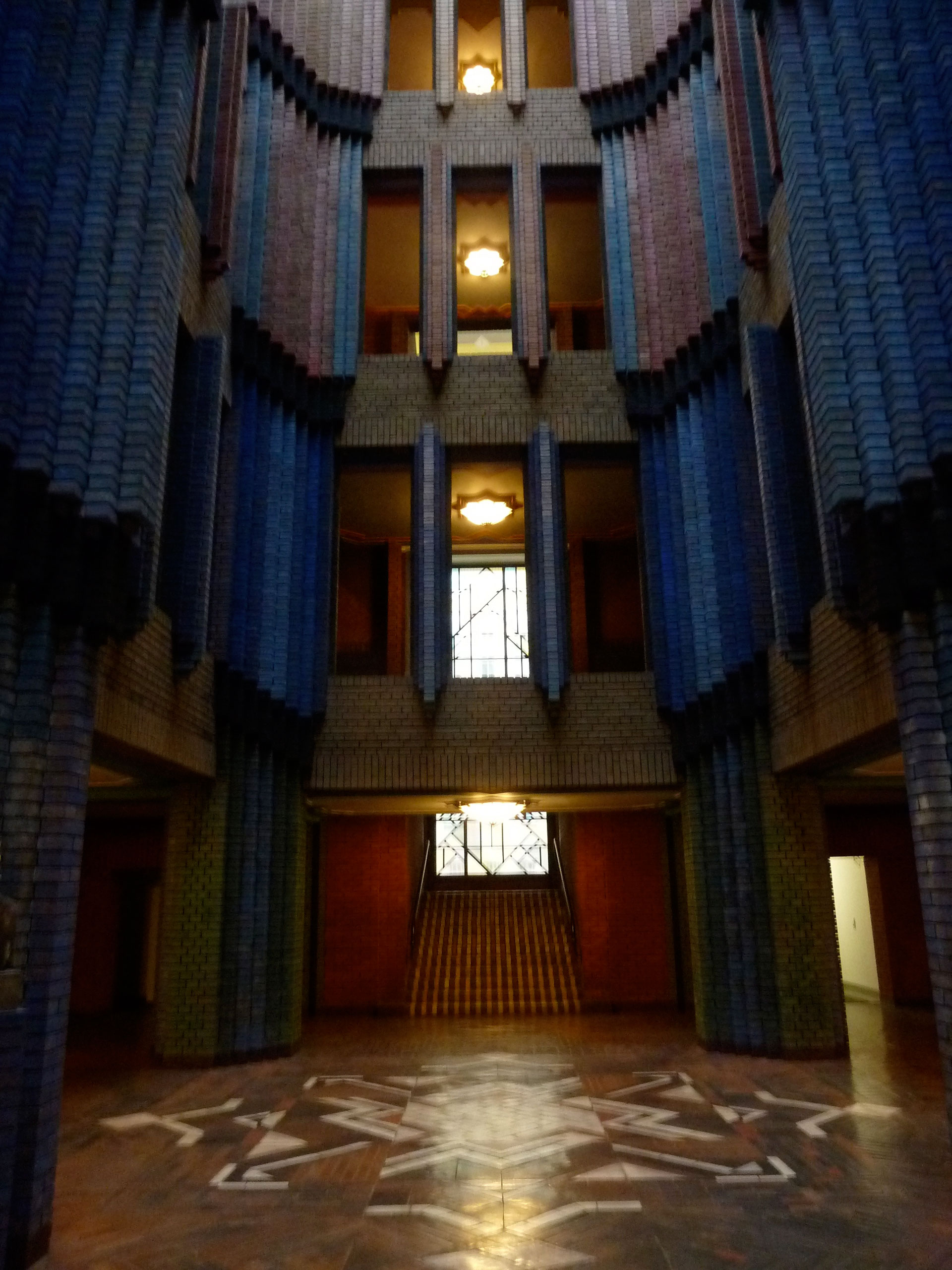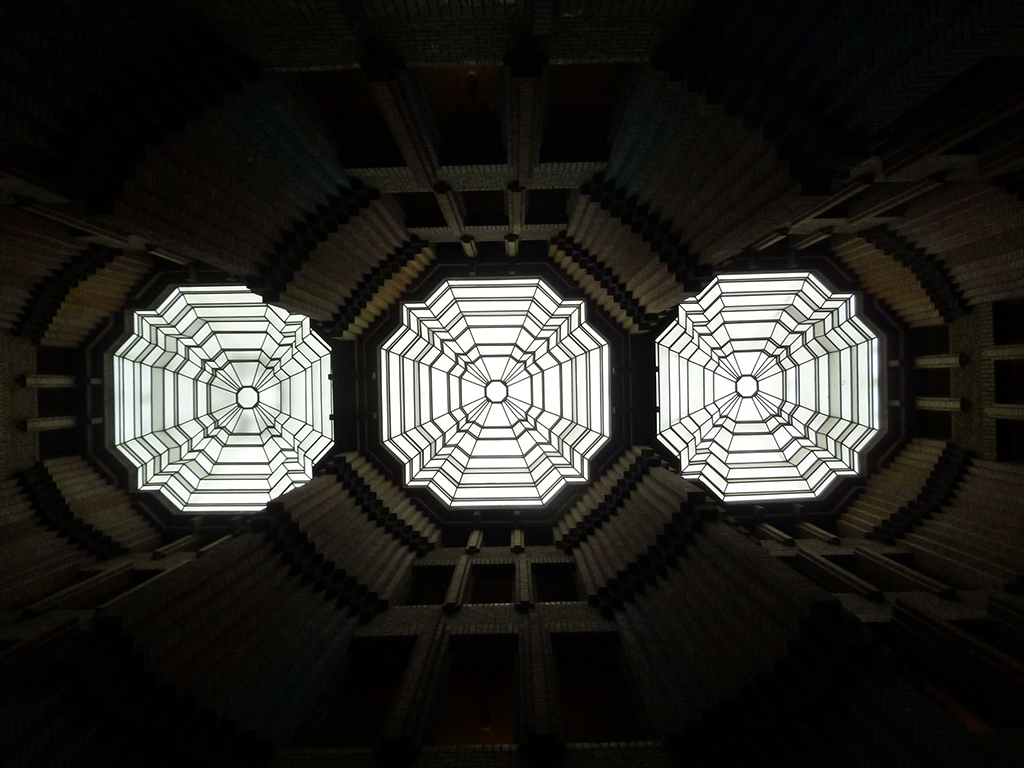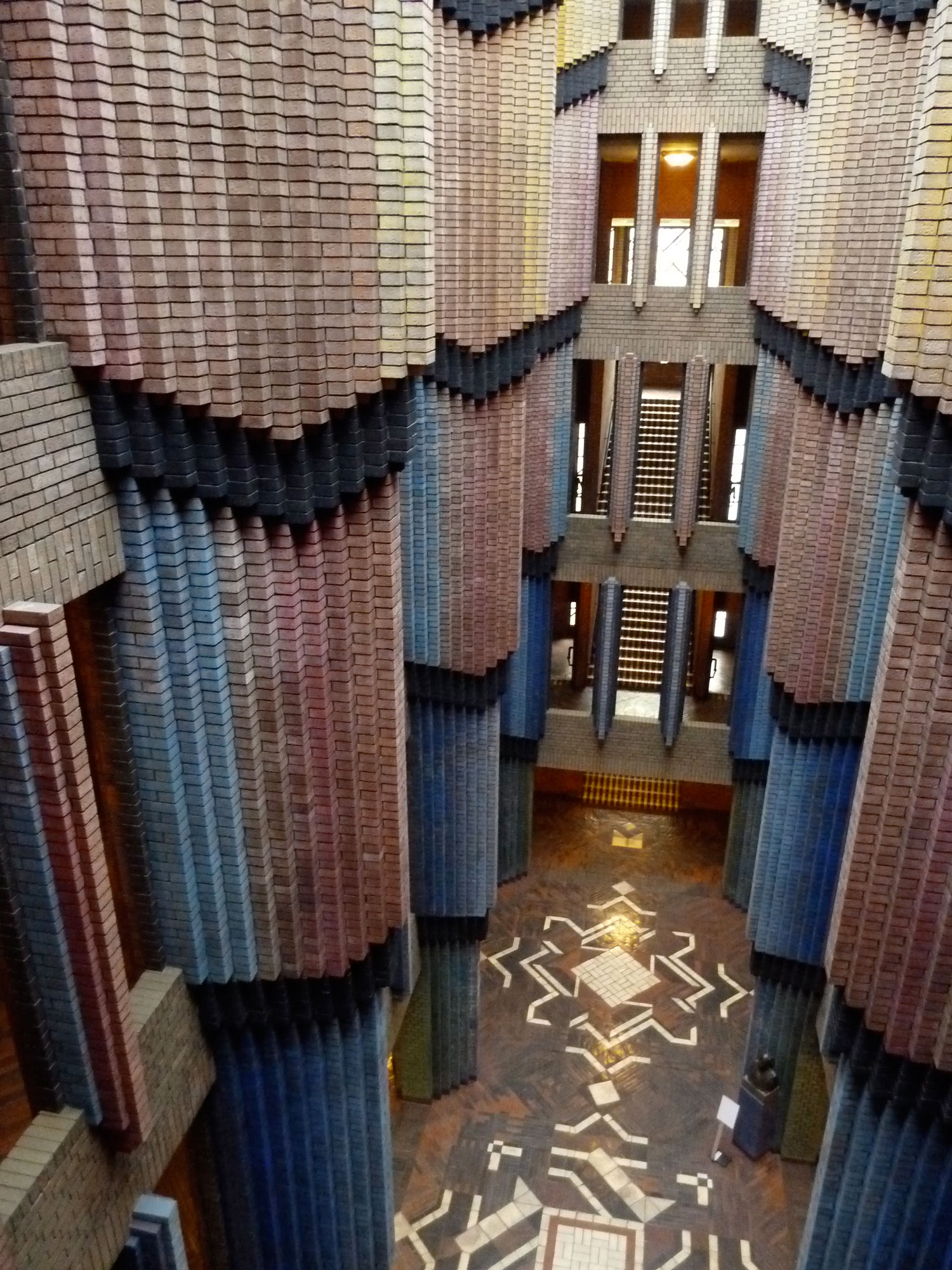AN EXERCISE IN CRYSTALLOGRAPHY
THE SYNTHESIS OF PETER BEHRENS'S TECHNISCHES VERWALTUNGSGEBAEUDE HOECHST
Research paper completed as part of Fall 2011 seminar "Modern Architecture: A History of Themes"
Instructor: Spyros Papapetros
Summary
The Technische Verwaltungsgebaeude in Hoechst near Frankfurt is perhaps Peter Behrens’ best hidden building. Documentation and discussion of this late work of Behrens in major monographs is usually brief and concealed behind more comprehensive analysis of Behrens’s pre-WW1 work. Now situated within the well-guarded boundaries of the Industriepark Hoechst – an industrial park housing anything from pharmaceutical companies to manufacturers of chemical fertilizer - this is not a building one stumbles across, but a fortress one conquers. Commissioned in 1920 by the Farbwerke Hoechst, then one of Germany’s leading chemical manufacturers, the Technical Administration Building was constructed during the politically turbulent times of the Weimar Republic. Withstanding constraints imposed by the French occupation of Hoechst, and the difficulties of construction in a highly inflationary economy, the building finally opened its doors in 1924.
The ideas and visions Behrens built into the walls of Hoechst constituted a remarkable fusion of many of his personal lifelong interests with the theories and artistic production of his time, as well as his client’s own agenda. This process of concocting form from various ingredients is the overarching theme of this paper. Reading the building as a ”synthetic” piece of architecture acknowledges the inherent contradictions and novel concoctions made by Behrens. In addition, such a process ensures a continued parallel both with the historical identity of the building as well as with its current context: Now as in 1920, Hoechst is a place of synthesis. Whether it is in the manufacture of fabrics, plastics or fertilizers, the formation of complex compounds from simpler elements forms the basis of all activities at the Industriepark. The concept of synthesis thus allows for the evaluation of formal expression at Hoechst in conjunction with the processes which once inspired its meaning.
The first part of the essay looks at synthesis in the most palpable sense of union, fusion and holistic creation. The discussion here focuses on the symbolically charged motif of the crystal which will offer both chemical and alchemical readings of Hoechst as a synthetic piece of architecture. The second part considers synthesis as a synonym for human craft itself and its connections with the realm of the artificial. Finally, I look at the synthetic as defying all attempts to trace original purpose or identity. This last reading of synthesis as tantamount with ambivalence thus expands the reading of Behrens’s work at Hoechst into new dimensions: a complex multifaceted construct emerges, strongly reminiscent of the crystalline figure which accompanies this study throughout.






